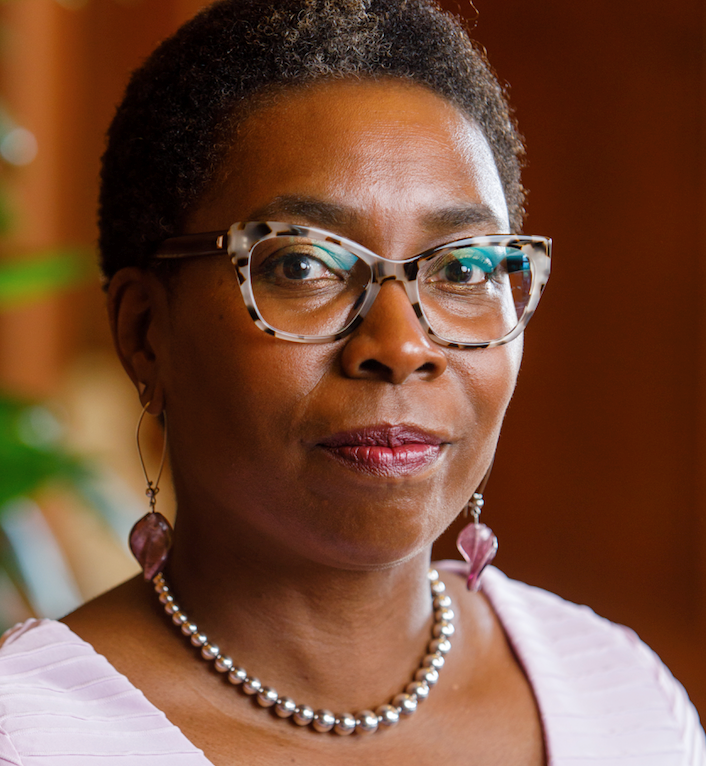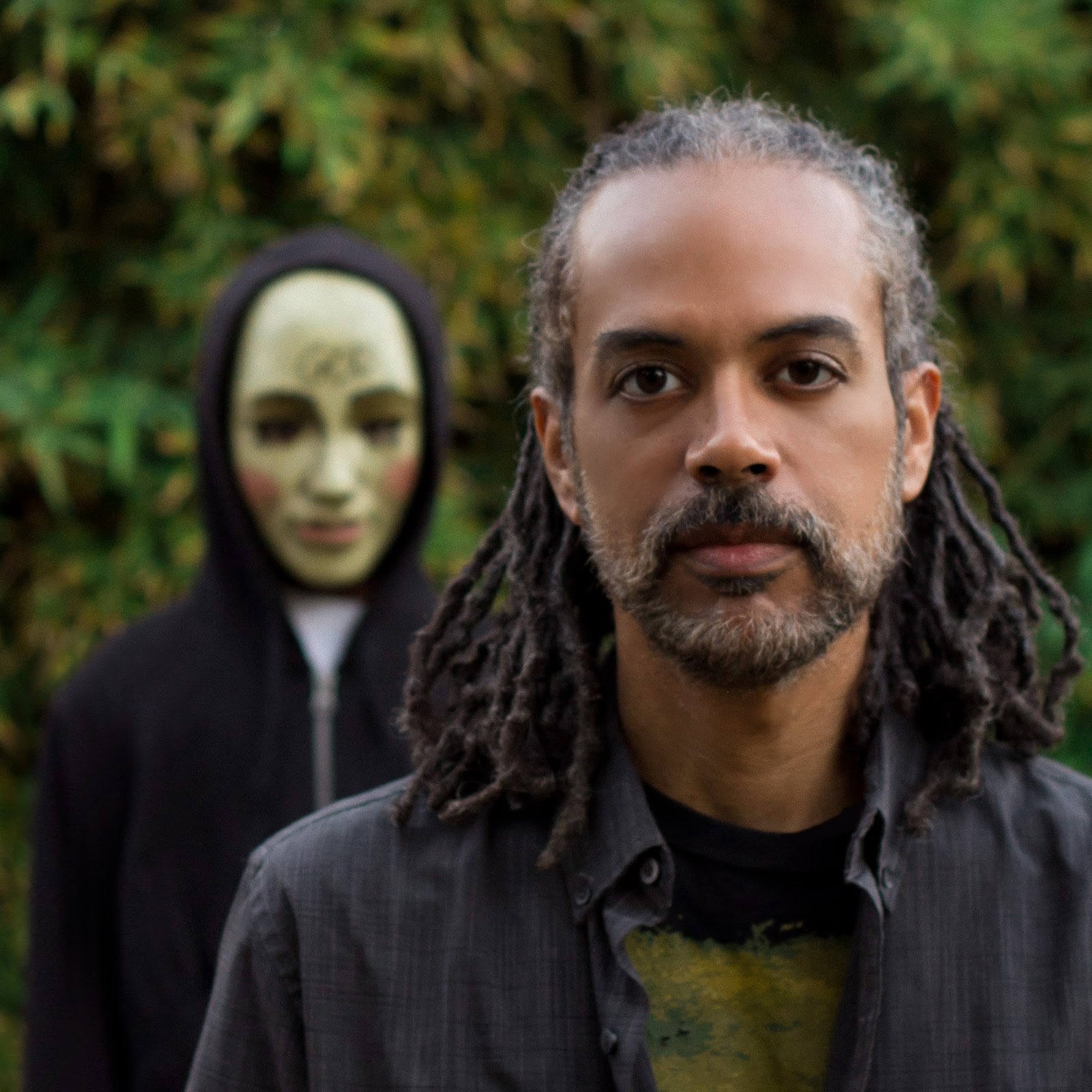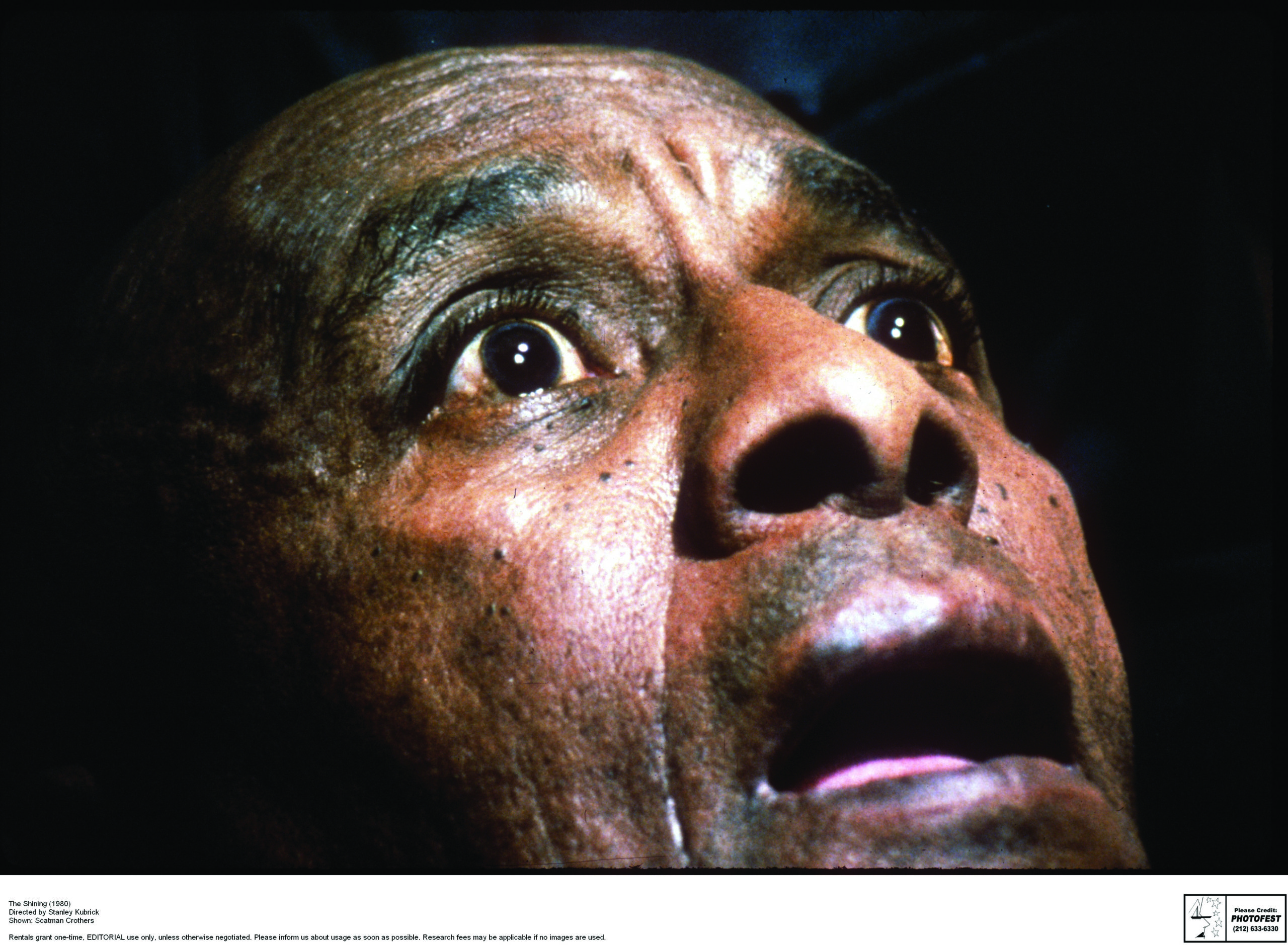We all know the black guy dies first in movies, right? Actually, that’s not entirely true, but there’s a long history behind why that’s largely the perception. It’s a concept, among many, explored by horror movie scholars Dr. Robin R. Means Coleman, and Mark H. Harris. Means Coleman and Harris met several years ago, connected by their love of horror movies, and by documenting the presence of Black people in the genre. Means Coleman wrote a few books, some about Black images in media, but her 2011 tome, Horror Noire: Blacks in American Horror Films From The 1980s to Present, became a documentary that’s still streaming on Shudder. Harris is a journalist who was featured in Horror Noire and Behind the Monsters, and the founder of Black Horror Movies.

Their collaborative book, The Black Guy Dies First: Black Horror in Cinema From Fodder to Oscar, out on February 7, chronicles the progression of Black character types in cinema from the 1930s to present day, with horror as the focus. It breaks down common stereotypes and explains how they came to be, through the use of wit, stats, and comedy, and highlights key factors in how images have changed over the years while underscoring the point that representation matters — behind the scenes and in front of the camera.

“The title is The Black Guy Dies First because it uses that trope as the jumping off point to illustrate the marginalization of Black characters and the way they’re portrayed in horror movies over the last 50 plus years,” Harris tells American Urban Radio Networks. “We’re charting the progress, the ups, downs and ups again of that sort of betrayal.”
Technically, according to The Black Guy Dies First, the actual rate of “Black guys” dying first is about 45%, so that’s about one out of two people, which is still high. We got here because Hollywood has not been kind to BIPOC characters from total erasure through Blackface, to capitalizing on the grossest stereotypes possible. You know, the thug, oversexualized seductress, the well meaning good negro, and the magical negro who could save all the white characters but not themselves. The list goes on, and gets worse when you focus on horror, where for a period of time, Black people were either scared of their own shadows, servile, and/or definitely all practiced voodoo.
“The Black guy dying is horror’s way of pushing the characters to the side. Black people are marginalized in other genres, but in horror, specifically, it usually takes the form of getting a machete to the head or something like that,” says Harris. “So, the book is a campy, fun way to Begin that conversation and give it a light-hearted tone to get people in and then slip the messaging in underneath.”
The book begins by introducing readers to a list of the highest grossing horror films, starring Black talent or by a Black creator, in history (Boo! A Madea Halloween is on that list, but that’s another story for another day), the actors who have died the most in horror films (hello Megan Good), and explores Mantan Moreland, an actor and comedian who was controversial for his bugged-eyed slapstick style that didn’t jive well — no pun intended — with a lot of Black audiences. Moreland mostly starred in “race films” but unironically, he became one of the early first Black men to die in a movie, in what could be considered a crossover film for him called Spider Baby.
Spider Baby was released in 1968, in an era where films began to get more graphic due to a change in censorship and morality laws. Moreland barely lasted five minutes before getting slashed to death, but expressed in a 1959 interview, according to The Black Guy Dies First, that it would have been nice if a role had been written where a Black man could actually solve the murder.
That frustration with Black imagery in film has lasted for several decades. However, there is hope as cinema has drastically changed over the years. Black men, and women do solve murders now, among other fantastic feats, and there’s starting to be more queer representation, too. Hollywood has seen one of its most diverse years in 2020, which brings us back to one of the core messages in The Black Guy Dies First — representation matters.
“The book is our social syllabus. It’s pretty magical, entertaining and accessible. It’s a tour of Black history, Black culture, Black lives through the horror lens which is really instructive and we work to capture that,” says Means Coleman. “We certainly want to introduce lovers of cinema and lovers of horror, we want people to understand and appreciate what the genre has to offer, but very specifically what Black people bring to the genre, which is something that’s really quite unique.”



